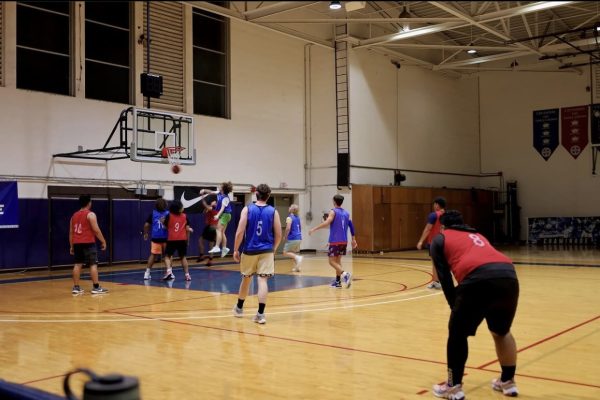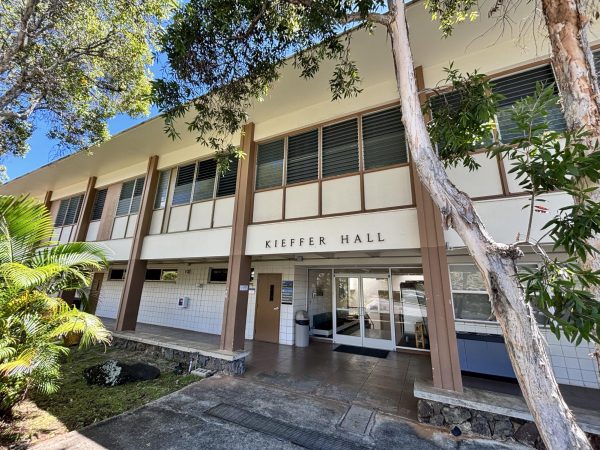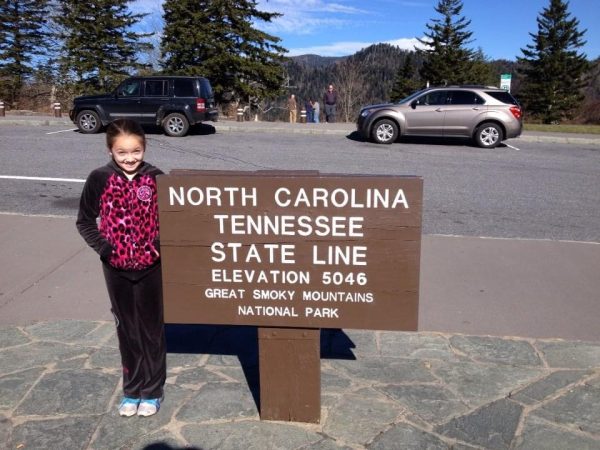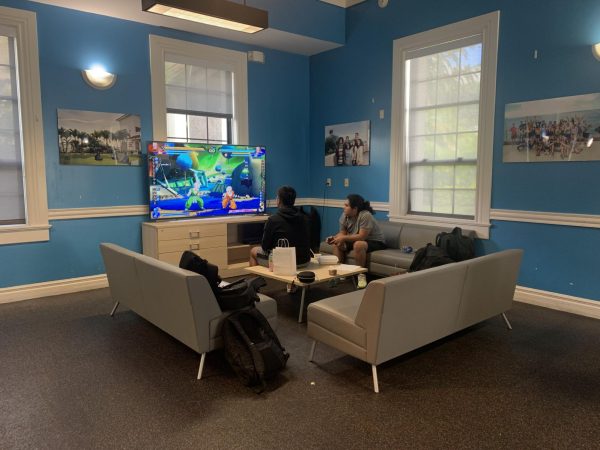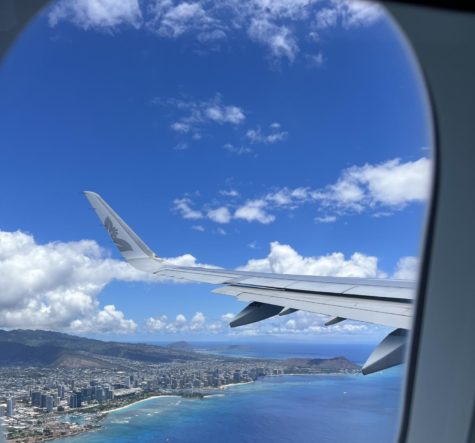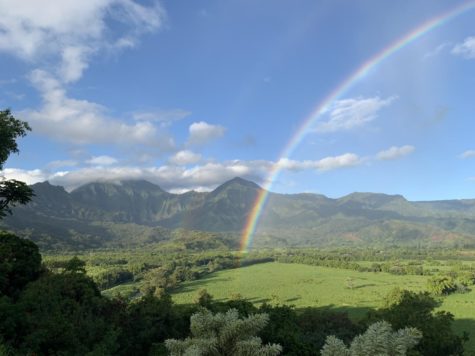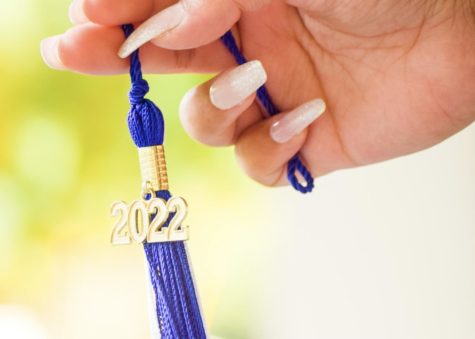Opinion: Chaminade Needs to Extend Sustainability Efforts on Campus
Sullivan Library Lawn is a popular gathering place for Chaminade’s campus community. Chaminade has a sense of agency to protect its environment and improve sustainable development. Sustainability must be a central priority.
For decades, humanity has played tug of war with nature, and this power struggle is suicidal.
Humans are changing the warming patterns of Earth at an exponential rate due to fossil fuel burning, livestock breeding, and forest erasure. This excessive increase in greenhouse gases is suffocating our planet and people. The consequences of human-caused climate change are interconnected and affect our land, our oceans, and the marine and terrestrial systems within them.
Hawaiʻi made history on April 29 by becoming the first U.S. state to declare a climate emergency. In July Gov. Ige signed Act 175 (2021) into law establishing the Hawaiʻi Farm to School Program within all public schools in Hawaiʻi to address economic and environmental justice and amplify youth leadership.
Yet as a Catholic university that prides itself on Marianist core beliefs and Native Hawaiian values, Chaminade University of Honolulu’s current initiatives are acutely inadequate to withstand climate change. As a university that cares about service-learning and engaged students, Chaminade University has made it challenging for me to enact positive, environmental changes.
I am a student volunteering my time, passion and awareness to undertake systematic issues. But the rejection from the administration and lack of mentorship to start sustainable initiatives is dejecting me. Sustainable initiatives should be prioritized instead of neglected.
In Fall 2020, I decided to join CSGA’s Senate because I wanted to care for our campus community and listen to our needs. Being part of the newly implemented Campus Sustainability and Beautification Committee, I felt a heavy responsibility to advocate for a nearly nonexistent council. Our once operating environmental clubs were inactive and campus garden was untended. After a year of extensive research on other universities’ sustainability committees and compost programs, I decided to take matters into my own hands this semester.
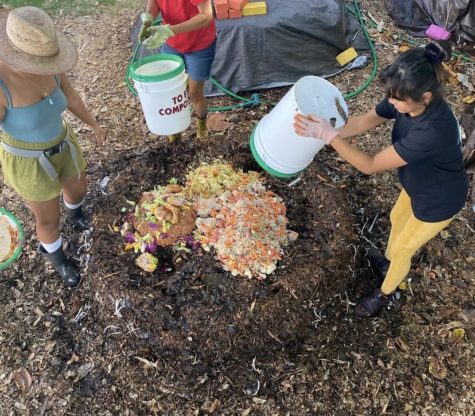
In September, I started working for the nonprofit Windward Zerowaste School Hui as a resource recovery specialist to learn what a successful zero-waste program looks like. By implementing hot composting and worm bins at five schools on Windward Oʻahu including Kaʻōhao Elementary Public Charter School, Kaʻelepulu Elementary, Kainalu Elementary, Enchanted Lake Elementary, and Kailua Intermediate School, the Hui promotes waste reduction, soil restoration, and is teaching the next generation how to be environmentally conscious through land stewardship. This program saves participants millions of dollars in avoided landfill fees, reduces greenhouse gas emissions, and guarantees a profitable investment for Hawaiʻi schools, according to the U.S. EPA.
As a gathering place, universities produce a significant amount of waste. According to “Sustainability and Catholic Higher Education: A Toolkit for Mission Integration,” the 2011 report says, “We—as individuals and in our families, parishes and other affiliations—contribute to environmental degradation and climate change by our own energy use, consumption, waste, etc.”
My goal is to bring this zero-waste program to Chaminade and extend the Campus Sustainability and Beautification Committee to a council comprised of students, faculty, and administration.
I have also been collaborating with Saint Louis School’s new agricultural program director, Jon Watase. We are working toward conducting a waste audit for elementary grade students who bring their lunch to school. Saint Louis administration agrees to plan together and combine efforts to make our shared campus waste-free.
As a senior minoring in Environmental Studies at Chaminade, the education has inspired me to live sustainably, ethically, and consciously. Reading reports, documents, and journal articles on environmental justice such as “The Earth Charter” and “Order of the Sacred Earth” in my environmental ethics class made me more mindful about my carbon impact. Researching about land degradation and food security in my global issues class made me reconsider my career path to focus on restoration and conservation. Representing the Surfrider Foundation Club as vice president has made me gain confidence as a leader and taught me grassroots organizing skills for the community.
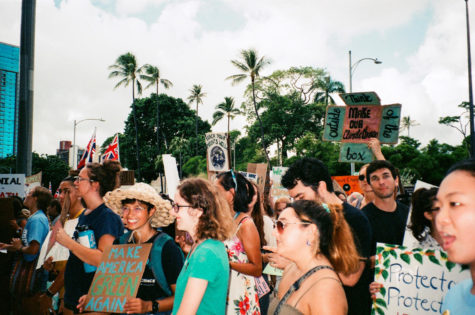
We, as an educational institution, have an opportunity to teach students how to live sustainably through regenerative culture. Collective decisions and actions impact our ahupuaʻa (a land division extending from the mountains to the sea), the island of Oʻahu, the state of Hawaiʻi, and Earth.
Our school has a responsibility to prepare students for the uncertain world that is drastically altering due to climate change. It is imperative that Chaminade University declares our obligation to one another and hone students’ potential.
Currently, our only sustainable initiatives, according to the Chaminade website, include local purchasing, recycling, tray-less dining, and fryer oil recycling. Contrarily, our sister universities, Saint Mary’s University and University of Dayton, have implemented sustainability committees, consisting of students and faculty, with projects such as rainwater harvesting, campus composting, and a community garden.
In 2013, St. Mary’s University designed their first rainwater harvest system to irrigate landscape. If a school in the South experiences long periods of drought and has a rainwater catchment tank, our university on a tropical island can too.
Chaminade’s apathy for sustainable institutional development is unsatisfactory. We are a private, Catholic institution, and it is inexcusable to ignore the climate crisis we face. Communal collaboration and conscious action on campus can offset carbon all the while promoting environmental stewardship.
So how do we achieve these sustainable development goals at Chaminade? The nonprofit Sustainable Development Solutions Network says “education, research and innovation are essential… making universities key contributors to achieving the goals.”
Our education is deeply rooted in both Marianist values and Native Hawaiian culture. We recognize the transformative effects of a well-rounded, value-centered education on society. Stated in Chaminade’s Native Hawaiian Values, the ʻŌlelo Noʻeau (Hawaiian proverbs) and Marianist core beliefs say “Educate for Service, Justice and Peace (Aloha)” and “Educate for Adaptation and Change (Aina).” As advocates for environmental justice and stewards of creation, we must practice meaningful conversations, initiatives, and programs to recognize the integration of the university’s mission and values. By supporting students and their ecological ideas, our university will commit to educating the leaders of the next generation. Chaminade University of Honolulu has the power to publicly acknowledge its role of responsibility in the protection of the environment.
We are living in a climate emergency – Chaminade should establish a clear plan of action with targets, strategies, and measurable goals to help reverse this. Because we are a small school, we can be bold.

